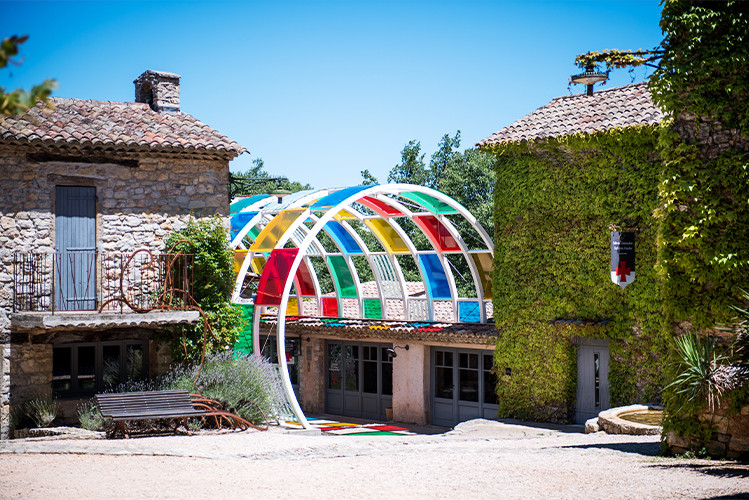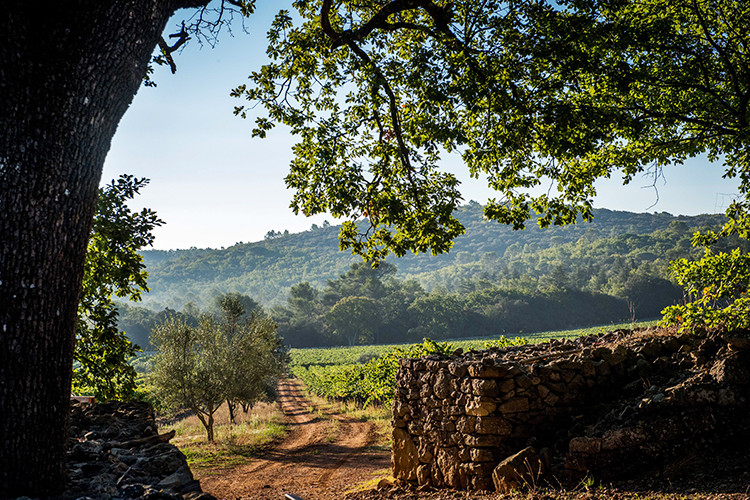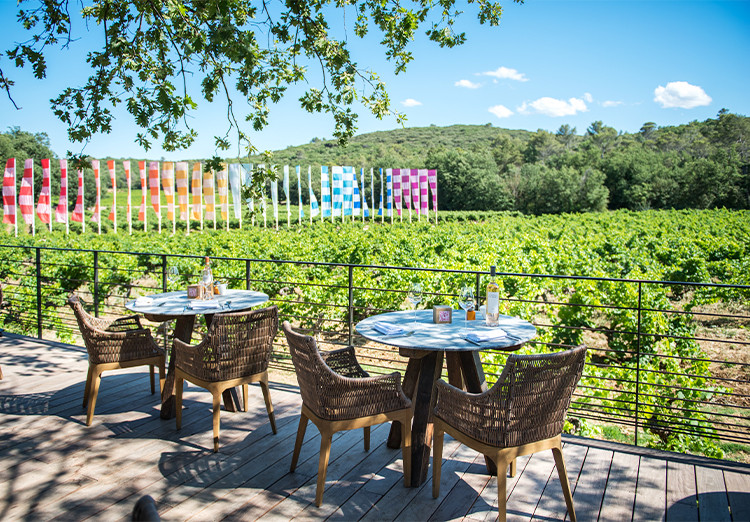It's summer, the sun is shining, the beach is calling and the water sparkles. We are in Provence in southern France. How wonderful a good glass of rosé wine tastes with friends in the late afternoon and early evening, just before sunset. The excellent wines of the Commanderie de Peyrassol, located on the foothills of the Moorish Massif in the heart of Provence. The winery is one of the most renowned in the region and the organic wines express the unique terroir and their aromas.



Peyrassol – Rosés that expressively bring out the terroir
There are centuries of history behind the Peyrassol vineyards. Founded in the 13th century by the Order of the Knights Templar, it passed to the Order of St John in 1311 and then to French state ownership in 1790. It was then acquired by the Rigord family and in 2001 by Philippe Austruy, who breathed new life into the property as a wine lover. In addition to the wines, art is close to his heart and so many works of art can be admired on the grounds and in the gallery located there. The exceptional surroundings, the centuries-old history, the art and the quality of the wines make the winery a unique place.

Philippe Austruy is ambitious; he brought in two excellent advisors, Pierre Guérin for the rosé wines and Stéphane Derenoncourt for the red wines. In search of the best cultivation methods for the terroir, he converted the viticulture to organic production and obtained organic certification for the winery in 2022. He wants to preserve nature as much as possible. Since he took over, the production in the cellar has been highly precise. The grapes for the rosé's are pressed immediately, all wines are vinified by parcel, and gravity plays the decisive role in bottling to prevent pumping. The result is wines with a minerality, freshness, floral notes and delicacy that are appreciated by today's top chefs.

Of the total 850 hectares of the winery, which lies between 250 and 350 meters above sea level, only 92 hectares are planted with vines. The soils consist of clay-limestone with a high proportion of gravel from the Triassic period. The rest of the land is planted with the typical southern vegetation of truffle oaks, white oaks, olive trees and garrigue - a natural, rich biodiversity that is favoured by the estate's isolated location.
